Low Volatility Market Condtion
Every so often, conditions will manifest in the Forex markets producing a trading environment that will put serious strain on your trading strategy. We’re talking about market conditions so boring, it’s about as fun as watching the grass grow. Daily trading ranges shrink down, the charts flatten out, and indecision causes brutal price churning. You probably guessed it, I am talking about low volatility markets!
Any kind of low volatility environment is a Forex trader’s worst nightmare. It doesn’t really matter how good you think your trading system is. Low volatility means very poor price movement. No price movement equates into minimal trading opportunities for us Forex traders.
Low volatility can hit your trading performance harshly if you don’t show the proper respect for the situation. In today’s article, I am going to give you a few survival tips which can help you deal with poor trading environments that low volatility markets create.Traders beware: It doesn’t matter how good you think your trading system is. Low volatility markets drive you to the threshold of your discipline and can cause account burnouts.
Why is Volatility Important Anyway?
Volatility is a Forex trader’s best friend. It creates fast moving markets that allow traders to profit from the markets. Nearly all trading strategies will depend on good market volatility to function at a profitable level.
Without sufficient volatility, the charts will lack direction. Non-directional markets are very painful for Forex traders, especially for us swing traders.
Let’s have a look at some of the things you can do to avoid being caught up in low volatility ‘churn and burn’.Exposing any trading system to markets suffering from low volatility is the equivalent of flogging a dead horse.
Find something to distract you
The markets are quiet, nothing is happening and you have that itching feeling that you need to be more involved with the market, a common Forex trading mistake. The temptation is overwhelming because the recent low volatility has restricted you from pulling the trigger on any trades. Nothing is meeting your trading system’s setup criteria and it’s making you very unsettled.
Try not to let it get you all worked up. The reality is you can’t control the market conditions, but you can control your actions in the market. Maintaining that control and discipline on your end is going to be the dealbreaker determining if you ‘weather the storm’ or not.
Sitting in front of the charts waiting for something to happen will put you in a dangerous situation where you might be tempted to force a trade purely out of boredom. We’ve all done it, the result is never good, and you will regret your actions.
If the market isn’t moving, and low volatility conditions are producing very poor trading opportunities, there is no reason for you to be sitting there in front of the trading screen.
Find something that will distract you and keep your mind off the markets. Some people like to get out, play a sport and keep fit. Other traders I know love their video games. Find something that you enjoy and go do it. Don’t be a slave to the charts.
Adjust your risk reward to fit
In the War Room, we generally like to achieve a 300% ROI on our trades, or ideally more. That’s a risk reward ratio of 1:3. During periods of low volatility price movements hardly have the momentum to push through to those 3x targets.
As a temporary measure you can back off your risk reward targets to 1:2 in anticipation of the weaker price follow-through. I wouldn’t recommend dropping before 1:2 however. Any lower than that will start to put pressure on your capital growth. The last thing you need to worry about in low volatility markets is increasing your win rate.
Quality not quantity
Back in my earlier days as a trader, I used to make the mistake of opening too many positions at once. I would trade multiple signals across the market at the same time. Frequently trading up to 3 setups at once. The problem was most of these signals were generated from correlated price action. If one of the setups failed, there was a good chance the rest would fail as well.
Opening multiple trades at once seems like the smart thing to do at the time, but it never ends well. Think about how many times you’ve opened multiple positions and walked away a huge winner. Having a few positions open may also push you beyond your normal risk tolerance, especially when they all go into the red. Emotions will flare up and put you in a dangerous mindset where you may act irrationally. There is nothing worse than a forex losing streak.
Opening multiple positions is even worse during periods of low volatility. The market is already being difficult, you only compound the problem by opening up a sizeable amount of risk in slow-grinding markets. The best way to avoid this kind of unnecessary overtrading is to stick to the one position at a time rule.
If you only have one trade open, you’re less prone to emotional episodes, over risking into correlated movement and able to maintain good risk management.
You’re not a bad trader if you don’t take a trade for a whole week. There will be some weeks where the market just moves sideways and doesn’t offer any good trades. These are generally followed by periods of strong impulsive market movement where the daily time frame makes new highs, or lows every day. The feeling like you have to be involved in the market all the time is trap in itself.
If you feel like you’re getting bored with the markets because they aren’t offering any good signals, then you need to take a step back. Don’t take trades out of boredom or to satisfy a need to trade regularly. As mentioned above, finding something that will distract you from the trading screen to get your mind off the charts will go a long way in maintaining a healthy attitude.
DON’T rely on indicators to save you
If you’ve read some of the other articles here on The Forex Guy blog, you’ve probably figured out we don’t trade with indicators. But for those traders who do stick by their indicators, have your wits about you when the Forex market experiences low volatility.
Indicators will betray you when the market consolidates by generating bad buy or sell signals which trap you into low probability trades. Signals from indicators may seem technically sound, but are a result of the indicators inability to identify hostile trading environments and simply can’t function correctly in flat conditions.
During thin, low volatility markets, indicators become very sensitive to price movement. The longer the consolidation, the more sensitive the indicators will become. A small move can make your indicators shake like a leaf in the wind, generating horrible buy and sell signals that trap you into trades of regret.
Don’t ignore the price action. It’s the most valuable piece of information on your chart. Focus on what the price action is doing, not the indicators. We use price action signals to base our trading decisions on, not some ‘black box’ indicator system that you don’t truly understand.
Low Volatility Warning signs
There is no magic rule which will determine the exact time the market will dry up and see volatility disappear. The general cluttering, churning, or ‘boxing’ of price action are the first signs of poor trading conditions and low liquidity.
Generally the market will pause in anticipation of the next move from central banks. There is generally a ‘theme’ or ‘situation’ surrounding market consolidation like a debt crises, or if a central bank is going to print money or not.
The market wants to know what action the government‘s will take to respond to the ‘crisis’ at hand. Governments and banks are fast to acknowledge the problems, but are slow to respond. The time difference between acknowledgement and action is when we see market activity die off and periods of low volatility.
Notice how the EMA’s just flatten out when the market momentum dies out.
Once a ‘solution’ or decisive action is taken from the higher powers of the Forex market. The charts will seeing a strong rally, or sell off reflecting the outcome of the problem.
Conclusion
The good news is volatility comes and goes. The market will swing from tough times when nailing a good trade seems impossible, to times where you could almost buy or sell at any point and make some returns. You could almost go as far and say the market goes through mood swings. This is nothing new, it’s been happening throughout history.
Something to look forward too are those strong breakouts. After lengthy periods of indecision the market will eventually explode with movement. Check out the gold chart below.
This gold market formed a price squeeze pattern that drove this market into a wedge. Something eventually gives. As you can see the breakout was severe. When the gold markets go bearish, it’s usually a sell off frenzy.
Whatever you do, don’t blame your trading system. A lot of traders will get frustrated with the inability to make money during periods of low volatility and try to ‘tweak’ their system to ‘fix it’. There is nothing wrong with your trading system. You can only take what the market offers you at the time.
The only thing you should be tweaking is your money management, adjusting it to suit market conditions. In the price action protocol we teach a very powerful money management model called the ‘split money management system’. It’s very effective at removing 100% risk from your trade setup without having to adjust stop losses. It’s a powerful tool to have during periods of low volatility and may of the war room traders are taking advantage of its benefits.


 9Likes
9Likes LinkBack URL
LinkBack URL About LinkBacks
About LinkBacks


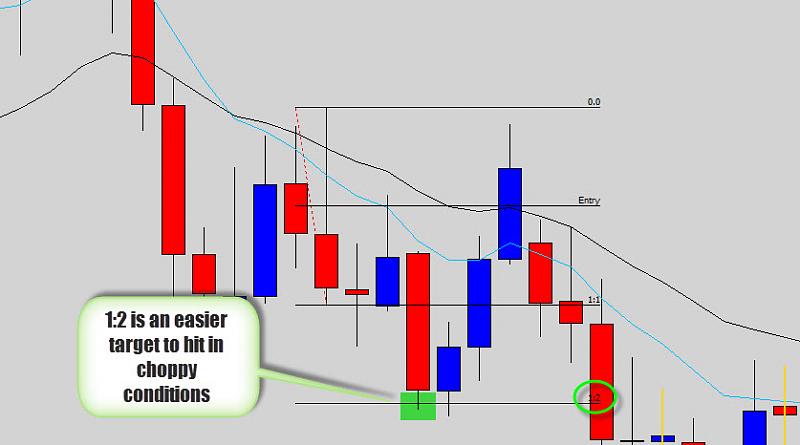
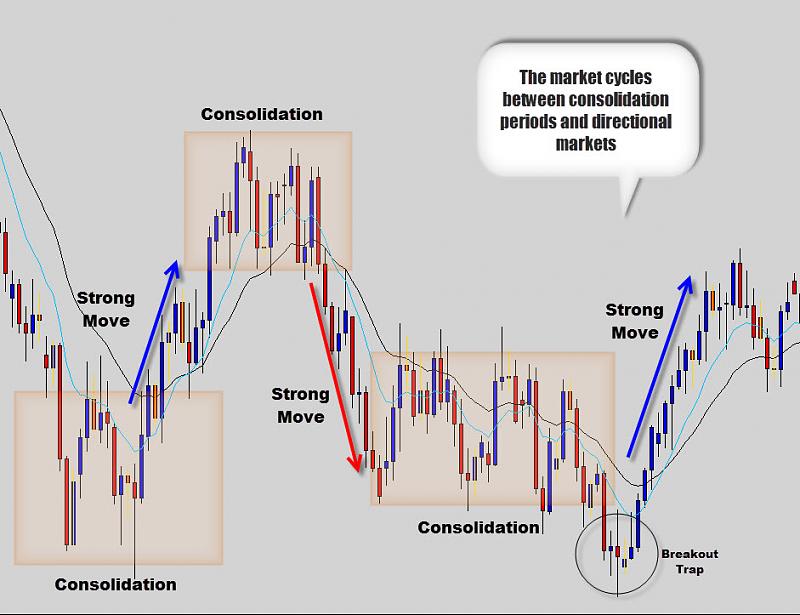
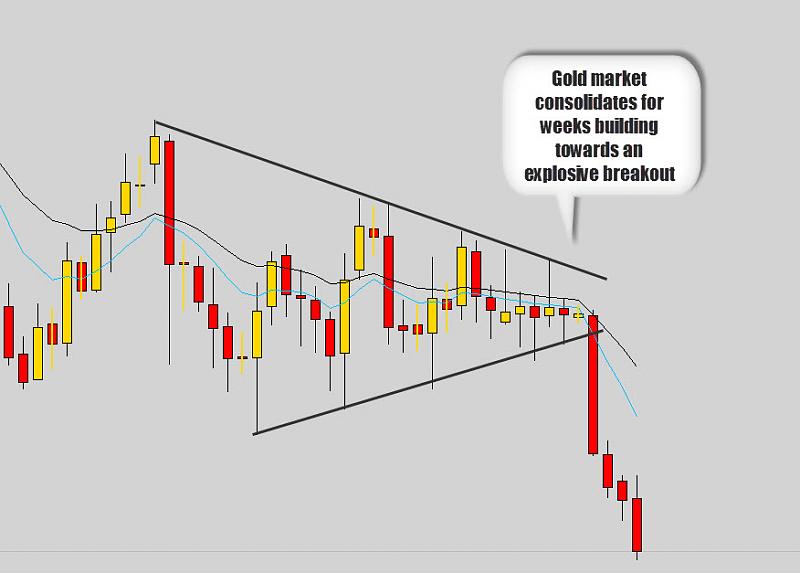





 Reply With Quote
Reply With Quote
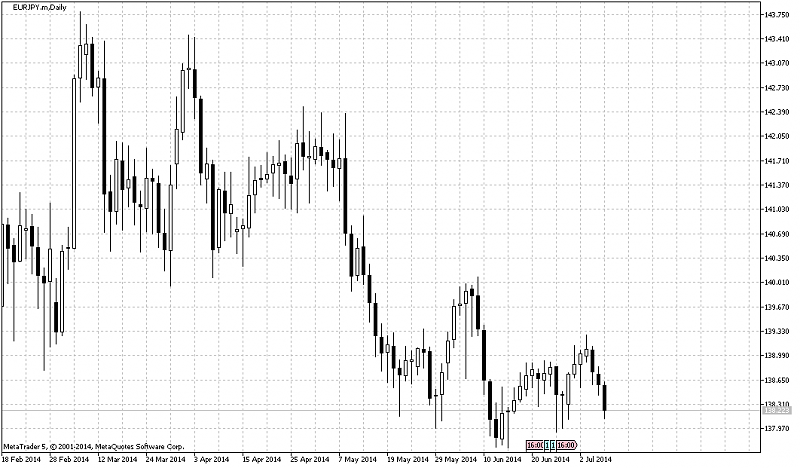






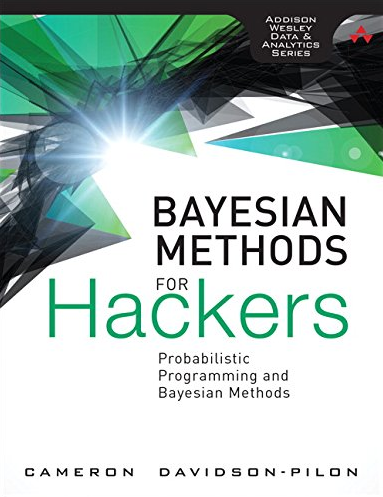
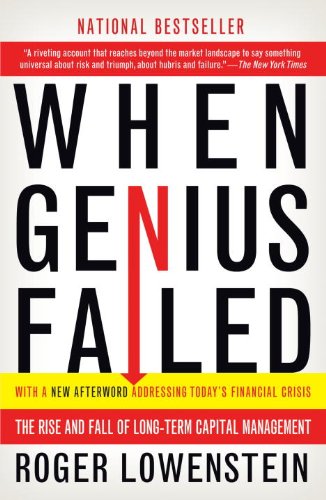

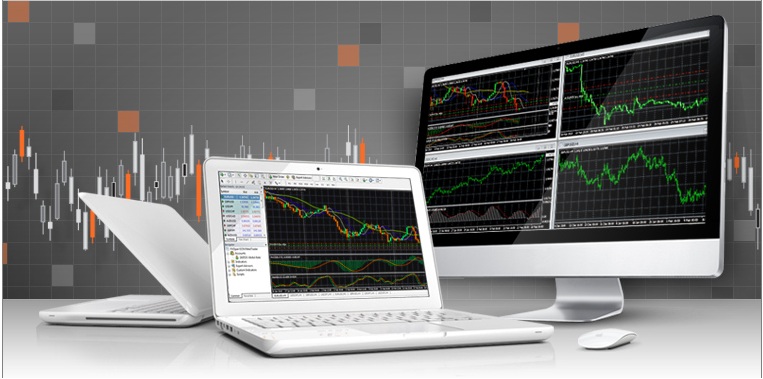
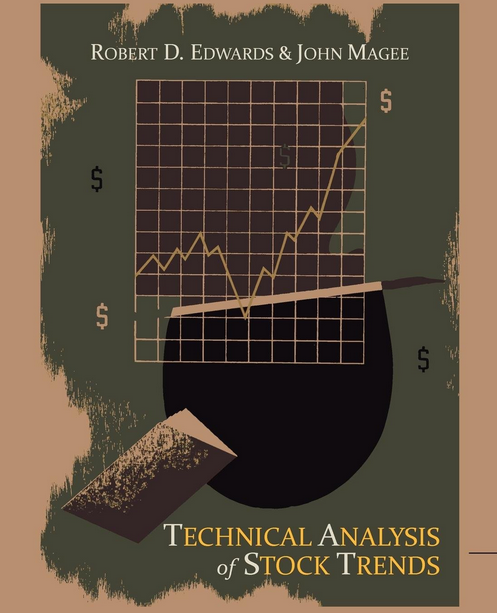


Bookmarks